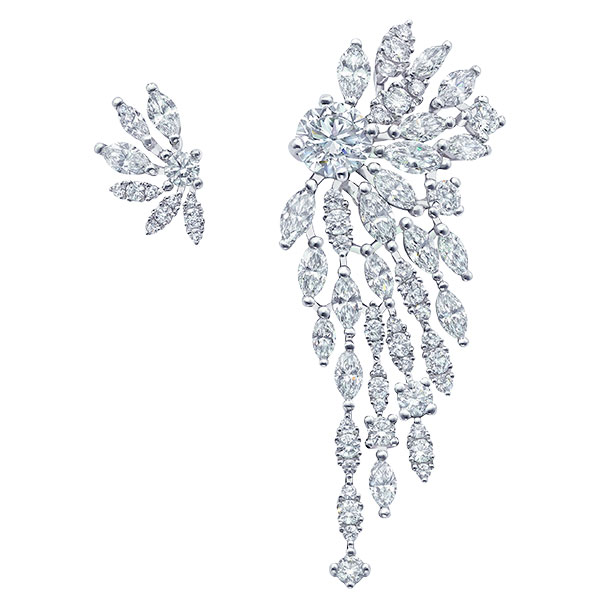
JCK would be nowhere without the industry insiders who have helped the magazine along the way—by making the news, reading it in our pages, or both. So we asked 150 of them to join the dialogue about how the jewelry business has changed over the decades and the role we have played in that evolution. Here are the fourth 25.
•••
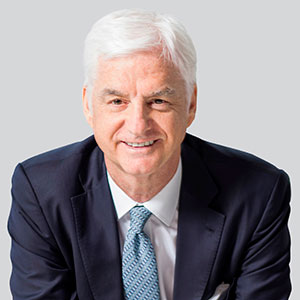 “I joined N.W. Ayer on the De Beers account in New York in 1981, De Beers itself in 1985, and in founding the Forevermark brand in 2008. In the diamond business, we have seen the emergence of China and India as global demand centers, the entire world of e-commerce and digital marketing, greater transparency, widespread use of certificates, a changing retail scene, and the emergence of brands. At the same time, the billion-year-old diamond, a true miracle of nature, continues to represent the deep emotions of love, commitment, eternal elegance, and a store of value. From my earliest days, I was aware of the importance and influence of JCK. In this world of enormous disruptive change, it’s been one of the constants.”
“I joined N.W. Ayer on the De Beers account in New York in 1981, De Beers itself in 1985, and in founding the Forevermark brand in 2008. In the diamond business, we have seen the emergence of China and India as global demand centers, the entire world of e-commerce and digital marketing, greater transparency, widespread use of certificates, a changing retail scene, and the emergence of brands. At the same time, the billion-year-old diamond, a true miracle of nature, continues to represent the deep emotions of love, commitment, eternal elegance, and a store of value. From my earliest days, I was aware of the importance and influence of JCK. In this world of enormous disruptive change, it’s been one of the constants.”
—Stephen Lussier, CEO, Forevermark, executive vice president of marketing, De Beers Group
•••
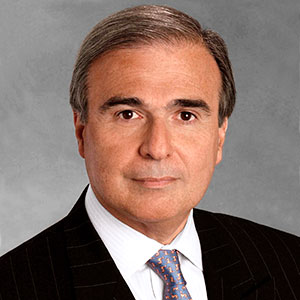 “My association with the industry spans nearly 40 years. The industry of those early days was highly stratified, with linear relationships between businesses at each level. All consumer-facing marketing was done by retailers in brick-and-mortar stores, with catalog showrooms and TV representing potential threats to existing sales channels. Imports were perceived as an emerging threat. Exports by U.S. manufacturers were largely unheard of until a few pioneer designers and manufacturers pitched a tent in Basel and very slowly began to make inroads. Hard to believe now, perhaps, but you got the news from a monthly print publication. JCK was and is the bible for all things happening in the industry. Ignore it at your own risk.”
“My association with the industry spans nearly 40 years. The industry of those early days was highly stratified, with linear relationships between businesses at each level. All consumer-facing marketing was done by retailers in brick-and-mortar stores, with catalog showrooms and TV representing potential threats to existing sales channels. Imports were perceived as an emerging threat. Exports by U.S. manufacturers were largely unheard of until a few pioneer designers and manufacturers pitched a tent in Basel and very slowly began to make inroads. Hard to believe now, perhaps, but you got the news from a monthly print publication. JCK was and is the bible for all things happening in the industry. Ignore it at your own risk.”
—Matt Runci, consultant and retired president and CEO, Jewelers of America
•••
 “Consumers and retailers now have direct access to the brands and the goods they want, via e-commerce or social media or direct buying programs. In some ways, this is a blessing, as it can increase impulse purchases and strengthen relationships. But it can be more challenging to cut through the clutter and command the customer’s attention.”
“Consumers and retailers now have direct access to the brands and the goods they want, via e-commerce or social media or direct buying programs. In some ways, this is a blessing, as it can increase impulse purchases and strengthen relationships. But it can be more challenging to cut through the clutter and command the customer’s attention.”
—Duvall O’Steen, public relations strategist, Luxury Brand Group
•••
“Vendors have come and gone, retailers have come and gone, while JCK has endured the evolving jewelry industry for 150 years. All aspects of the business have been covered by JCK, and the stories that share the editorial staff’s insight into the jewelry industry have helped both retailers and vendors plan for the future.”
—Jim Demattei, president and CEO, ViewPoint Sales & Marketing
•••
“When I was first getting my feet wet and my copy of JCK came in, I would read it like it was assigned homework! It was an incredible tool for me to become familiar with names of stores and designers as well as general industry knowledge. JCK has evolved from a strictly trade publication in look and feel to a very sexy and contemporary publication. It’s an invaluable outlet for designers at all levels, but especially those who are just starting out. Coverage can be a watershed moment for a brand that helps take them to the next level.”
—Michelle Orman, president, Last Word Communications
•••
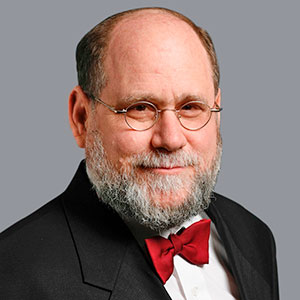 “Our community, once family-based, has transitioned to a configuration of corporations. I miss the good old days yet look forward to our new world of unlimited opportunities. The foundation of our trade, new generations of committed young people, continues. JCK has been a reliable source of information, and its sister, the important JCK jewelry show, has created significant opportunity for U.S. and international suppliers while ensuring that retailers have access to a broad range of goods.”
“Our community, once family-based, has transitioned to a configuration of corporations. I miss the good old days yet look forward to our new world of unlimited opportunities. The foundation of our trade, new generations of committed young people, continues. JCK has been a reliable source of information, and its sister, the important JCK jewelry show, has created significant opportunity for U.S. and international suppliers while ensuring that retailers have access to a broad range of goods.”
—Martin Rapaport, chairman, Rapaport Group
•••
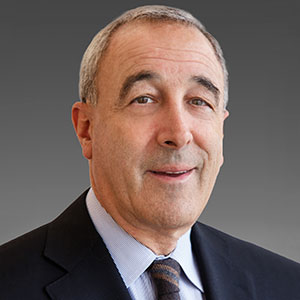 “JCK gives me the chance to catch up on industry knowledge when I can’t get out there to see or hear it myself. As challenging as it is today, we still rely on JCK to keep us up-to-date on the news and trends and trust its authority in the industry.”
“JCK gives me the chance to catch up on industry knowledge when I can’t get out there to see or hear it myself. As challenging as it is today, we still rely on JCK to keep us up-to-date on the news and trends and trust its authority in the industry.”
—Mark Udell, CEO, London Jewelers
•••
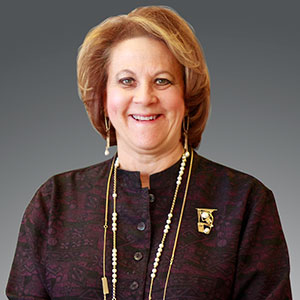 “When I was 27 and taking metal arts classes, I never dreamed I would start a fine jewelry store and it would still be around 40 years later! Almost all I had were magazines and articles to educate me about the industry. JCK was right there to guide me through this incredible journey. Being able to read about what other jewelers are doing and adapting them to my own business has allowed me to be creative and grow as a retail jeweler and designer and compete with the majors.”
“When I was 27 and taking metal arts classes, I never dreamed I would start a fine jewelry store and it would still be around 40 years later! Almost all I had were magazines and articles to educate me about the industry. JCK was right there to guide me through this incredible journey. Being able to read about what other jewelers are doing and adapting them to my own business has allowed me to be creative and grow as a retail jeweler and designer and compete with the majors.”
—Susan Eisen, chief creative and appraisal officer, Susan Eisen Fine Jewelry & Watches
•••
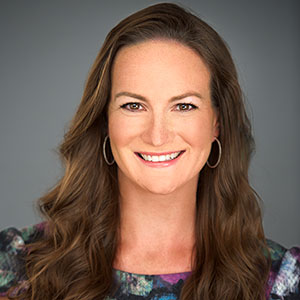 “This industry is still a relatively small industry that benefits through relationships. I have had the incredible pleasure of working with the editorial team through the Gem Awards, which celebrate the achievements of leaders in the jewelry industry, as both Victoria Gomelsky and Rob Bates are Gem Award for Media Excellence winners.”
“This industry is still a relatively small industry that benefits through relationships. I have had the incredible pleasure of working with the editorial team through the Gem Awards, which celebrate the achievements of leaders in the jewelry industry, as both Victoria Gomelsky and Rob Bates are Gem Award for Media Excellence winners.”
—Amanda Gizzi, director of public relations and special events, Jewelers of America
•••
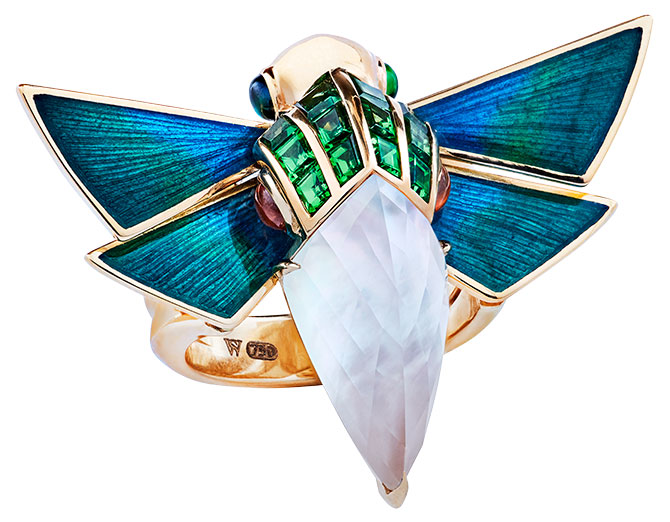
“There are sides to the industry that were very much on the fringes in the ’70s and early ’80s when I began. The steady rise of fine jewelry designers was really born when the first adventurous women stepped across the threshold of what had been hallowed men-only ground, and thank goodness for that. My first impression of JCK was just how big the industry was in the U.S. and what an integral part the publication played. Keeping pace and giving guidance across any industry is no mean achievement. But in one as diverse and so subject to world events as ours, it is unbelievably challenging and deserving of recognition.”
—Stephen Webster, founder and creative director, Stephen Webster
•••
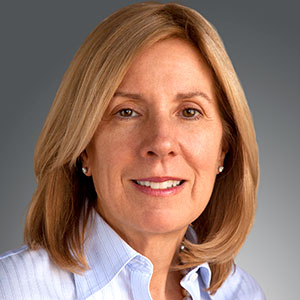 “The most obvious changes to the industry have been consolidation, globalization, the channel diversification of retailing to integrate digital with brick-and-mortar, the importance of social responsibility and transparency in the supply chain, the impact of a different type of consumer placing increasing emphasis on experiences over products, and, sadly, the evaporation of liquidity and access to capital associated with the exit of the traditional banking segment from financing the industry. Happily, what has not changed is a style of doing business that places a high value on relationships.”
“The most obvious changes to the industry have been consolidation, globalization, the channel diversification of retailing to integrate digital with brick-and-mortar, the importance of social responsibility and transparency in the supply chain, the impact of a different type of consumer placing increasing emphasis on experiences over products, and, sadly, the evaporation of liquidity and access to capital associated with the exit of the traditional banking segment from financing the industry. Happily, what has not changed is a style of doing business that places a high value on relationships.”
—Dione Kenyon, retired president, Jewelers Board of Trade
•••
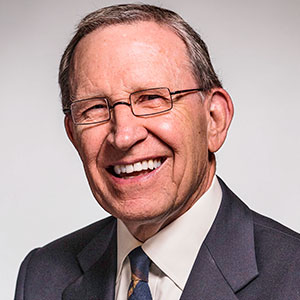 “I was working through my MBA at NYU back in 1967, and I wrote a thesis, ‘Can the Independent Jeweler Survive?’ I interviewed a lot of industry people, and JCK was part of the process. When I got through, they asked if they could publish it. We were going through quite an upheaval with the growth of the Zale and Gordon chains, and we had challenges facing us like discount houses and catalog showrooms. I concluded there’s still a place for us. It was obvious that the independents had a lot of advantages and would still be there as long as we could adapt and reinvent ourselves.”
“I was working through my MBA at NYU back in 1967, and I wrote a thesis, ‘Can the Independent Jeweler Survive?’ I interviewed a lot of industry people, and JCK was part of the process. When I got through, they asked if they could publish it. We were going through quite an upheaval with the growth of the Zale and Gordon chains, and we had challenges facing us like discount houses and catalog showrooms. I concluded there’s still a place for us. It was obvious that the independents had a lot of advantages and would still be there as long as we could adapt and reinvent ourselves.”
—Jim Clark, chairman, BC Clark Jewelers
•••
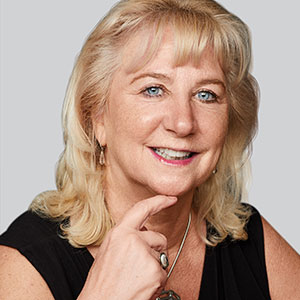 “When I began, I was working for Milt Gralla at National Jeweler, covering retail and later watches. My biggest competitors were JCK and Modern Jeweler, and within months my best friends—and watch-world mentors—became Bill Shuster of JCK and Joe Thompson of Modern. We may have been competitors, all out for the story first, but that didn’t stop the camaraderie.”
“When I began, I was working for Milt Gralla at National Jeweler, covering retail and later watches. My biggest competitors were JCK and Modern Jeweler, and within months my best friends—and watch-world mentors—became Bill Shuster of JCK and Joe Thompson of Modern. We may have been competitors, all out for the story first, but that didn’t stop the camaraderie.”
—Roberta Naas, founder, ATimelyPerspective.com
•••
“When I started in the family store over 40 years ago, vendors still came in with two giant rolling suitcases or a pair of sample bags. There was no fear of making appointments ahead of time, and no one felt the need to dress down in casual clothes with a backpack. Security has been a big change, and so has communication. The speed of communication these days brings good and bad. It creates great efficiencies, but also raises expectations of near-instant responses.”
—Georgie Gleim, president and owner, Gleim the Jeweler
•••
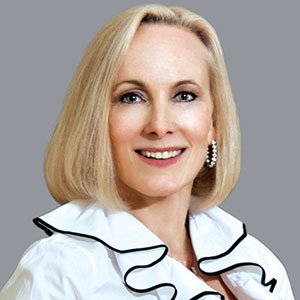 “I started in the industry in 1978, in college, when I was hired as a jewelry buyer by the Zale-owned New England chain Stowell’s. I eventually went to Tiffany and then found my way to IJO. The industry has become so much more diverse. When I first joined, I took a lot of wrong steps. I almost ended up at the wives’ dinner when I first attended the 24 Karat Club of New York City banquet. I wore short skirts and bright colors to the Diamond Dealers Club. When I first laid eyes on JCK in 1978, I was drawn in like a moth to a flame. JCK’s tagline, The Industry Authority, says it all.”
“I started in the industry in 1978, in college, when I was hired as a jewelry buyer by the Zale-owned New England chain Stowell’s. I eventually went to Tiffany and then found my way to IJO. The industry has become so much more diverse. When I first joined, I took a lot of wrong steps. I almost ended up at the wives’ dinner when I first attended the 24 Karat Club of New York City banquet. I wore short skirts and bright colors to the Diamond Dealers Club. When I first laid eyes on JCK in 1978, I was drawn in like a moth to a flame. JCK’s tagline, The Industry Authority, says it all.”
—Mary Moses Kinney, director, Independent Jewelers Organization
•••
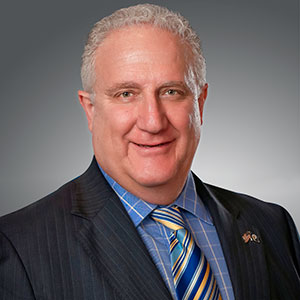 “I joined the diamond industry over 40 years ago, and we’ve undergone major changes: technology, the Kimberley Process—the flow of rough from country to country—and, of course, compliance. JCK has been on top of all these issues and challenges.”
“I joined the diamond industry over 40 years ago, and we’ve undergone major changes: technology, the Kimberley Process—the flow of rough from country to country—and, of course, compliance. JCK has been on top of all these issues and challenges.”
—Ronnie Vanderlinden, president, Diamex Inc., Diamond Manufacturers & Importers Association of America
•••
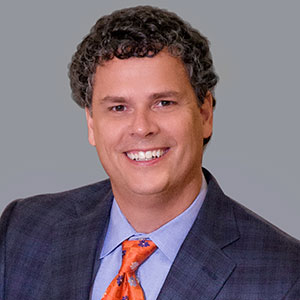 “Technology has drastically changed our industry. Computers allow us detailed access to our inventory and can immediately inform us of customers’ special occasions [and] buying and payment history. The internet has brought information and transparency to the customer, requiring everyone in the industry to step up their game. However, in many important ways, the industry has remained the same. What the customer is ultimately purchasing is an emotional expression, and it remains our job to facilitate that.”
“Technology has drastically changed our industry. Computers allow us detailed access to our inventory and can immediately inform us of customers’ special occasions [and] buying and payment history. The internet has brought information and transparency to the customer, requiring everyone in the industry to step up their game. However, in many important ways, the industry has remained the same. What the customer is ultimately purchasing is an emotional expression, and it remains our job to facilitate that.”
—Craig Underwood, president, Underwoods Fine Jewelers
•••
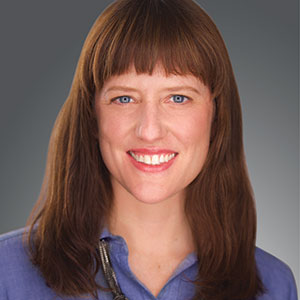 “When I started, my magazine, National Jeweler, was in print 10 or 12 times a year. We then migrated to online-only for a few years, only to come back around—after our acquisition by Jewelers of America—to printing two and then three magazines a year while adding social media platforms like Twitter and Instagram and upgrading our website. While the way people consume information has changed, there will always be a hunger for well-researched, thoughtful, and well-written articles both online and in print.”
“When I started, my magazine, National Jeweler, was in print 10 or 12 times a year. We then migrated to online-only for a few years, only to come back around—after our acquisition by Jewelers of America—to printing two and then three magazines a year while adding social media platforms like Twitter and Instagram and upgrading our website. While the way people consume information has changed, there will always be a hunger for well-researched, thoughtful, and well-written articles both online and in print.”
—Michelle Graff, editor-in-chief, National Jeweler
•••
“When I joined JCK in 1968—as the magazine was just starting research for its centennial issue—jewelry retailing was vastly different from today. Chain stores were relatively few. Jewelers bought much of their merchandise through wholesalers or at the JA New York show or a few regional events, all held in the summer. Many stores still did big business in giftware, china, crystal, and especially sterling flatware. Watches were mechanical, and diamonds and other gemstones natural. Hard to believe now, but
the internet was new and almost entirely inconsequential when I left JCK in the late ’90s.”
—Debbie Holmes, former JCK managing editor
•••
 “Before joining the magazine on July 1, 1971, I taught third and sixth grades in Brooklyn and NYC. JCK enriched my life beyond my wildest expectations! The unparalleled ethnic diversity of the jewelry industry has created a unique mosaic of multicultural entrepreneurs who embrace each other despite being crazy competitors! I was exceedingly lucky to be welcomed into so many ‘families’—India, Turkey, Israel, China, Persia, South America, Thailand, Australia, et al. I am so indebted to Lee Lawrence, Charles Bond, George Holmes, and Ed Coyne. Treasured working with Marcus [Mark Smelzer] and the esteemed sales team! Immeasurable thanks to Mamma Victoria [Gomelsky], Melissa [Bernardo], Roberto [Rob Bates], Hedda [Schupak], Cindy E. [Edelstein], PJD [Peggy Jo Donahue], and umpteen digital editors and photographers who helped make my life a super-duper fun and productive adventure.”
“Before joining the magazine on July 1, 1971, I taught third and sixth grades in Brooklyn and NYC. JCK enriched my life beyond my wildest expectations! The unparalleled ethnic diversity of the jewelry industry has created a unique mosaic of multicultural entrepreneurs who embrace each other despite being crazy competitors! I was exceedingly lucky to be welcomed into so many ‘families’—India, Turkey, Israel, China, Persia, South America, Thailand, Australia, et al. I am so indebted to Lee Lawrence, Charles Bond, George Holmes, and Ed Coyne. Treasured working with Marcus [Mark Smelzer] and the esteemed sales team! Immeasurable thanks to Mamma Victoria [Gomelsky], Melissa [Bernardo], Roberto [Rob Bates], Hedda [Schupak], Cindy E. [Edelstein], PJD [Peggy Jo Donahue], and umpteen digital editors and photographers who helped make my life a super-duper fun and productive adventure.”
—Bill Furman, former JCK ad manager and 45-year sales veteran
•••
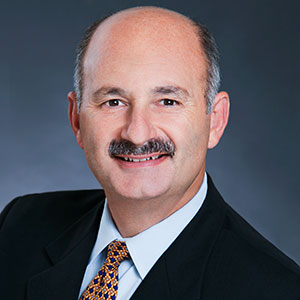 “When I was named president of GIA in 1986, George Holmes and Charlie Bond, in particular, became friends I relied on to help steer me in the right path. They were people I greatly admired, as I did my own mentors, Richard Liddicoat, Robert Crowningshield, and Bert Krashes. In the early days we could identify most everything that crossed a gemologist’s desk with a microscope and the standard equipment that accompanied it. But the advent of sophisticated technology in man-made materials and hard-to-identify treatments forever changed that paradigm.”
“When I was named president of GIA in 1986, George Holmes and Charlie Bond, in particular, became friends I relied on to help steer me in the right path. They were people I greatly admired, as I did my own mentors, Richard Liddicoat, Robert Crowningshield, and Bert Krashes. In the early days we could identify most everything that crossed a gemologist’s desk with a microscope and the standard equipment that accompanied it. But the advent of sophisticated technology in man-made materials and hard-to-identify treatments forever changed that paradigm.”
—Bill Boyajian, consultant and former president, GIA
•••
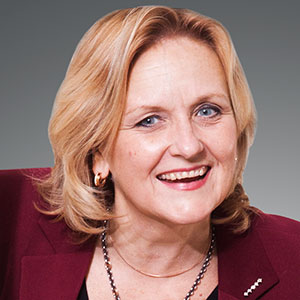 “The changes in the industry since the day, over 40 years ago, that I knocked on that ‘coming soon’ J.B. Robinson Jewelers door have been nothing less than epic. Young men would come in and ask for help with engagement rings, and the only things they wanted were a ring that was pretty and the assurance that it was ‘a good one.’ As jewelers, we’ve gone from being providers of information to being curators of value and experience. If there’s such a thing as a compass in this business, that’s what JCK has been for me.”
“The changes in the industry since the day, over 40 years ago, that I knocked on that ‘coming soon’ J.B. Robinson Jewelers door have been nothing less than epic. Young men would come in and ask for help with engagement rings, and the only things they wanted were a ring that was pretty and the assurance that it was ‘a good one.’ As jewelers, we’ve gone from being providers of information to being curators of value and experience. If there’s such a thing as a compass in this business, that’s what JCK has been for me.”
—Kate Peterson, president and CEO, Performance Concepts
•••
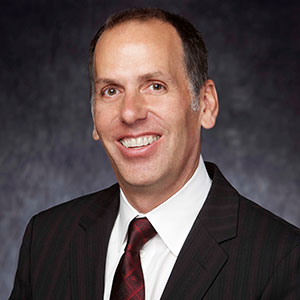 “JCK magazine has been a part of my career since day one, and to this day it remains my go-to source for best-in-class industry news. Despite an ever-changing retail industry, in my opinion, two things have not changed: the quality of news coverage by JCK magazine and the everlasting emotional connection jewelry makes. Cheers to the continued success of both for the next 150 years!”
“JCK magazine has been a part of my career since day one, and to this day it remains my go-to source for best-in-class industry news. Despite an ever-changing retail industry, in my opinion, two things have not changed: the quality of news coverage by JCK magazine and the everlasting emotional connection jewelry makes. Cheers to the continued success of both for the next 150 years!”
—Peter Engel, president, Fred Meyer and Littman Jewelers
•••
 “JCK magazine changed my life. Forty-two years ago, George Holmes hired me to cover the watch beat. What the heck can you possibly write once a month about watches, I wondered. I quickly discovered that the watch world was at war, in the throes of the greatest technological change in 400 years. Holmes had extremely high standards for business reporting. We were to be the magazine of record. In time, thanks to the start I got at JCK, I had the privilege to be editor-in-chief of three jewelry and watch magazines myself. And four decades later, I still am having no trouble whatsoever finding something to write about watches and the watch industry.”
“JCK magazine changed my life. Forty-two years ago, George Holmes hired me to cover the watch beat. What the heck can you possibly write once a month about watches, I wondered. I quickly discovered that the watch world was at war, in the throes of the greatest technological change in 400 years. Holmes had extremely high standards for business reporting. We were to be the magazine of record. In time, thanks to the start I got at JCK, I had the privilege to be editor-in-chief of three jewelry and watch magazines myself. And four decades later, I still am having no trouble whatsoever finding something to write about watches and the watch industry.”
—Joe Thompson, editor-at-large, Hodinkee
•••
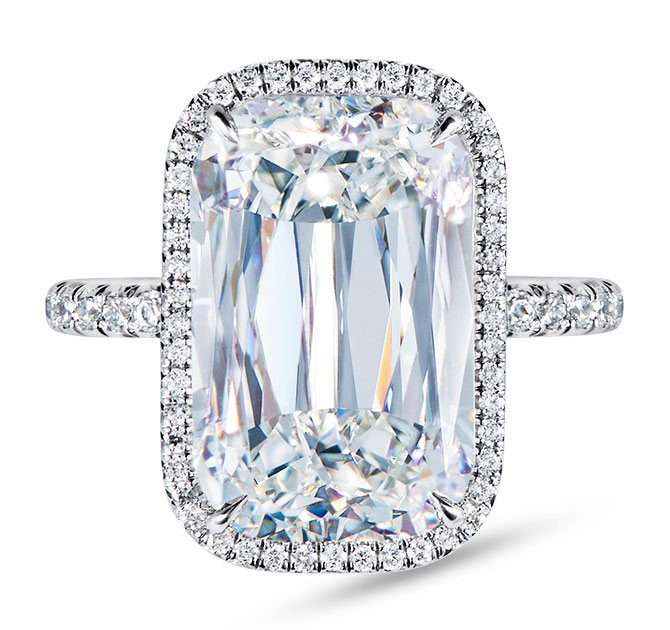
“I came into the business full time in 1969. I turned to my father and said, ‘We make a very good product, but we have to let the rest of the country know.’ The best way would be advertising. JCK had a wide reach and interesting articles that were well-written. So we started advertising in the early ’70s. We found that using JCK kept us top of mind with retailers and that they would give us a call when they were looking for a diamond.”
—Sheldon Kwiat, director, Kwiat
Top: Wonderlight earrings in 18k White Gold with 8.52 cts. t.w. diamonds; Forevermark